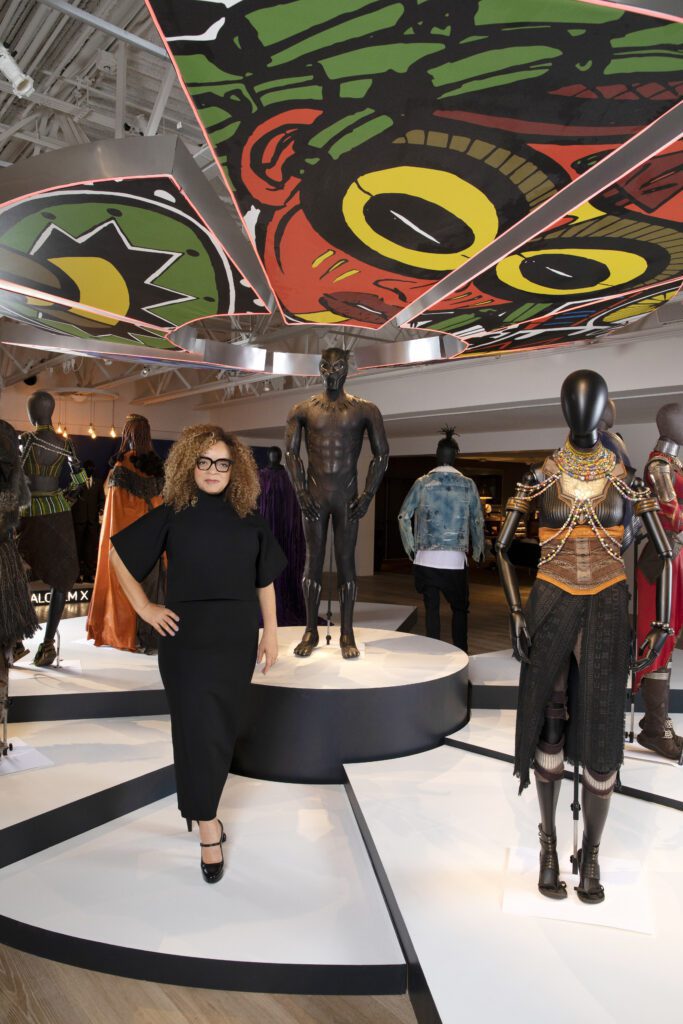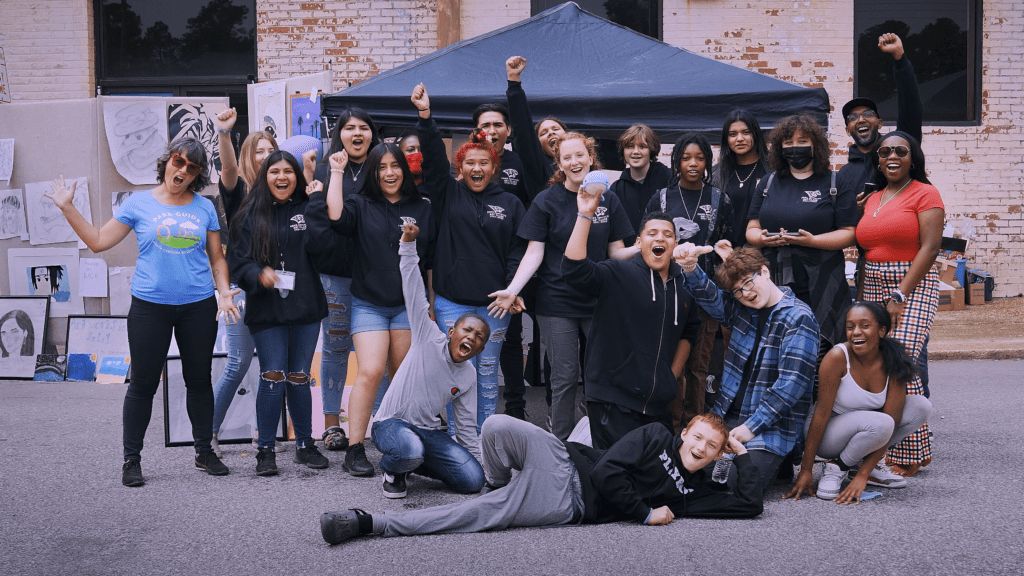It’s a well-worn notion that artists must live in New York City or other buzzing metropolises to have vibrant careers, but a large shift has occurred over the last two decades. More and more, the appeal of locations somewhat off the beaten path has drawn artists and creatives with a siren song of affordable living, access to nature, and rich cultural opportunities. North Carolina has an abundance of all three. Some of the artists featured in Front Burner speak to their experiences, moving from larger cities to their current homes in North Carolina.

Hannah Cole
In 2015 my partner and I were feeling the squeeze of living in New York City with two small children. We realized that we had the flexibility to pick a spot we wanted to live anywhere in the U.S., so we decided to take a leap. I was an art history major at Yale, and I remember learning about Asheville when I studied the artists of Black Mountain College. It seemed like a heavenly combination to me to live somewhere so beautiful but that also had a cutting-edge creative culture. I had never even visited, so we took one weekend to explore—and I was so impressed with the concentration of creative culture in such a relatively small city in the mountains that, within two months, we moved here.
Living in Asheville had a definite impact on my work. I’ve always painted my immediate surroundings. In New York that meant a lot of urban textures and gray. During my eight years of living in New York City, I never bought a single tube of green paint. The moment I set up my studio in Asheville, I realized I needed green. I went to the art store and bought 15 different shades of green—and from that moment on, the gritty, urban textures of my work started to overflow with plant life. I’m inspired by the kudzu-covered mountainsides and tenacious urban dandelions here. The weed has become a symbol to me of nature on its own terms—of tenacity, persistence, and flourishing in the face of every conceivable obstacle. They exist on the wrong side of the border. They don’t ask permission. And in the face of hardship, they continue to seek the sunlight.
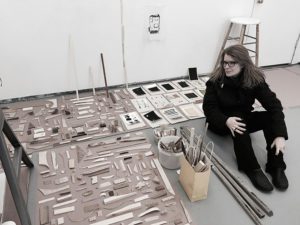
Celia Johnson
Moving here from the Northeast was not an elective. I followed my husband and landed on five wooded acres in Chapel Hill in a house that contains our studios: he’s downstairs; I’m upstairs. Not having any affiliations in the area, we have been on our own to reach out and make connections, but, similarly to building a new business, we both overwhelmingly focus on our work and have remained fairly insular. Fortunately, I had a friend of the family here who had relocated their family years before from New Jersey, and who showed us absolute kindness, warmth, generosity, and understanding. That was pivotal in helping me to make this leap with hope.
We were introduced to Raleigh, Artspace, the NCMA, and many associates in the arts here. Although I treasure the natural beauty around our home, my work has not been directly changed or impacted by such, as I continue to mine and develop the formal interests I have always had in nonreferential abstraction. I do miss the density and ease of community in my former cities of Philadelphia and New York. Nevertheless, it has been a rich experience to work in such close proximity to my husband and have the opportunity to share our progress surrounded by such peace and beauty.
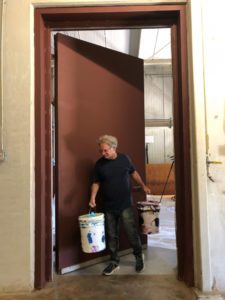
Donald Martiny
Did you know that North Carolina was the first state in the United States to establish a state museum of art? In 2011, when I was considering a relocation, I wanted to make sure I was moving to a place where I would have access to great art. I came to North Carolina from Philadelphia, and the first place I visited was the NCMA. I arrived early in the morning and, while in line for a cup of coffee, I met a kind gentleman wearing a crisp, starched white shirt and a strikingly brilliant, cobalt-blue tie. I believe I said something like, “Your tie is a wonderful homage to the amazing Ellsworth Kelly painting Blue Panel in the next room.” He raised an eyebrow and quickly replied, “Yes, it is among my favorite works here.”
That gentleman turned out to be Larry Wheeler, then director of the museum, and we immediately hit it off. The remarkable collection at the NCMA and the kindness of people like Larry were a major factor in my decision to move down here. In truth it was an easy adjustment to make transitioning from a noisy, urban environment to five forested acres nestled at the end of a gravel road named after a beaver dam. My studio has glass on two sides, and I relish the changing color, movement, and light outside. A full-time artist since 2012, I am continually inspired and motivated by the fine collection and program at this remarkable museum, the environment surrounding my studio, and the lively art community in the region.
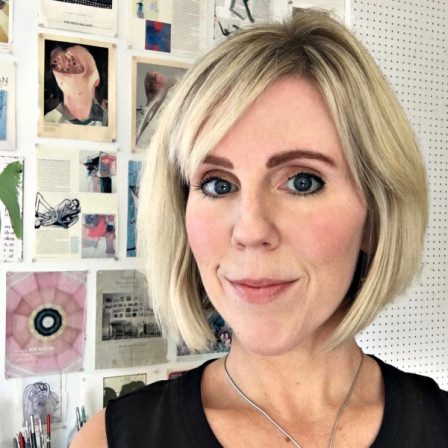
Ruth E. Carter: Afrofuturism in Costume Design
Academy Award–winner in Costume Design, Ruth E. Carter has helped bring characters to life in acclaimed Hollywood blockbusters. The NCMA celebrates the magic of her imagination.
Innovative AIM Program Reaches Thousands
Thinking outside the lines, NCMA outreach programmers connect local artists in rural communities with local students excited to discover the artist within.
Love in the Galleries
This Valentine’s Day we invite you to follow Cupid’s arrow through West Building to discover some amorous works in the NCMA’s collection.

